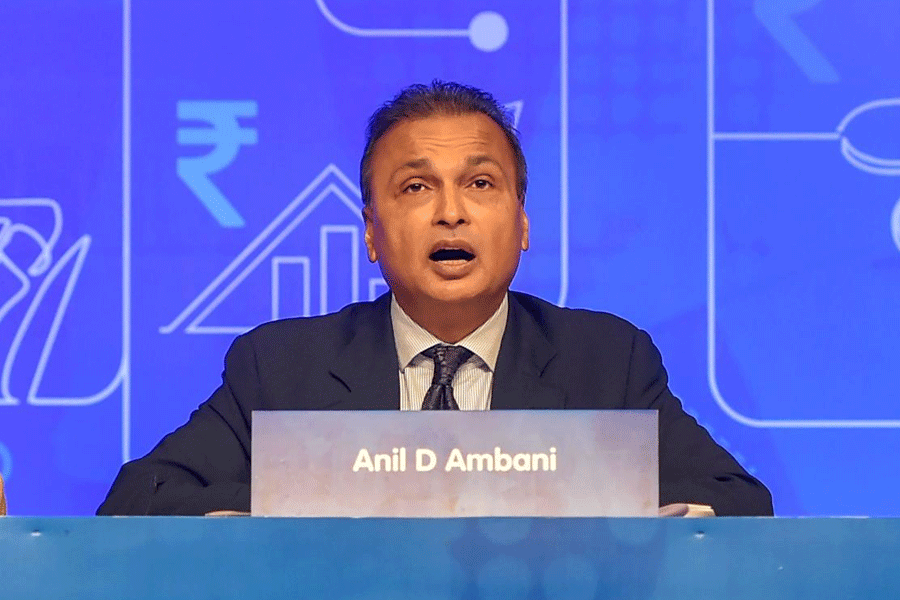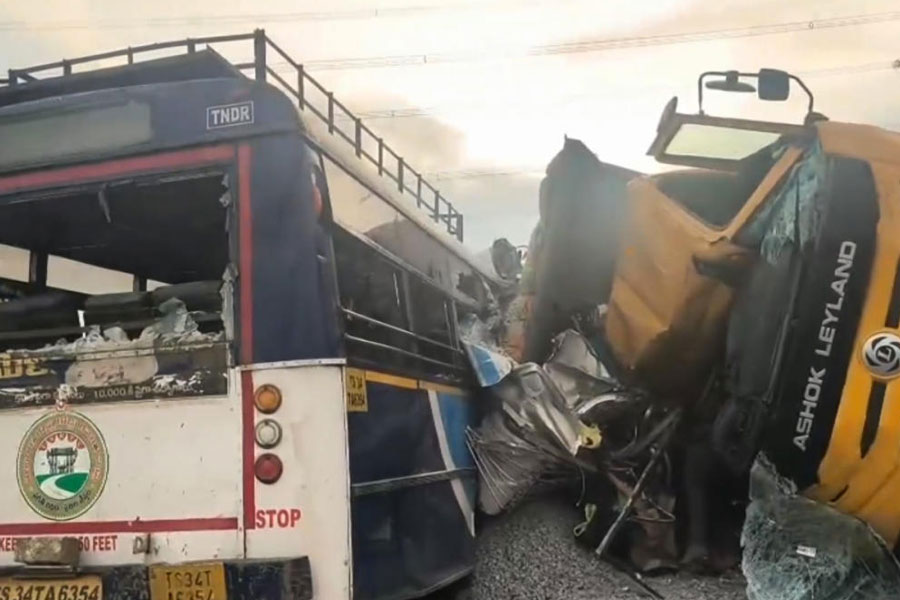A typical reaction of the non-Jharkhandi urban, middle class about militant activism of the Adivasi-Moolvasi parties, organisations and movements over the past year, is one of disapproval and anger. The feeling expressed is that there was such “peace and harmony” in Jharkhand all these years and ever since the state was born in November 2000, we felt that we were all Jharkhandis. But suddenly violence has flared up and the peaceful atmosphere has vanished. People are now divided into “Jharkhandis” and “non-Jharkhandis”. A lot of people are made to feel like they are “outsiders”. One may sympathise with feelings like these. But the fact is there is no real peace in Jharkhand. If anything existed, it was the “silence of the graveyard”. Over the past five decades of Independence, the Adivasi and the Moolvasi people of Jharkhand been reduced to helplessness and silence. Estimates cite that nearly 15 lakh acres of Adivasi land has been alienated during 1950-1990 for setting up industries, mines, large dams, animal sanctuaries and highways.
The name of the game was “national development”. The compensation paid was meagre, arbitrarily fixed by the bureaucracy. Unscrupulous outsiders have fraudulently and illegally snatched another eight lakh acres from them. Land alienation resulted in largescale displacement: 36 lakh Adivasis have been displaced, and only one-third of them rehabilitated. This process paved the way for migration of Adivasis to Assam and North Bengal.
During this same period, nearly 40 lakh people — mostly from Bihar and from Uttar Pradesh — came and settled down in Jharkhand. They have gradually gained control of the economy and have started looking down upon the Adivasi-Moolvasi people. They could do this because they were protected by the political leaders and bureaucrats, mostly from north Bihar and did not sympathise with the Adivasi/Moolvasi people.
There is a government language policy that all officials posted in the districts and dealing directly with the people should be able to speak the local language. There are arrangements, at least on paper, to conduct periodic examination in different local languages. This policy has never been implemented. An extreme example is the appointment of women from Bihar as health workers to cater to the Adivasi/Moolvasi women in the villages. These women can neither speak the local language nor have any concern for the well-being of Jharkhandi women. So is the appointment of hundreds of teachers in rural primary schools in Jharkhand. These teachers cannot communicate with the children in their mother tongue and they do not bother whether the tribal children really study. These are just some of the instances of deliberate injustice perpetrated against the Adivasi-Moolvasi over the years. The truth is that majority of bureaucrats hail from Bihar and they do not hide the contempt they feel for the Adivasis and Moolvasis of Jharkhand. Fairness, justice, human sensitivities are mental conditions unknown to them. Thus Hindi, which is the language of Bihar, has been made the lingua franca of Jharkhand to the detriment of Jharkhandi tribal languages.










